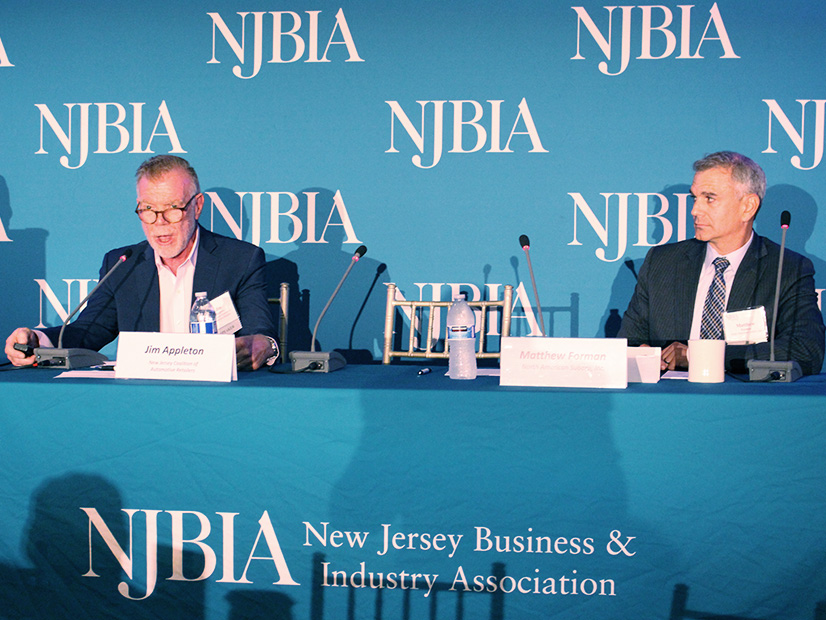A decision by Washington to link its cap-and-trade program to one shared by California and Quebec should benefit participants in both systems, according to a preliminary analysis the Washington Department of Ecology released last week.
“Linkage would likely improve the [Washington] cap-and-invest program’s economic durability, longevity and efficacy,” the analysis found. “In a larger, more liquid market with a greater number of participants, allowance prices would likely be lower and change more predictably. Predictable prices can foster greater investments in decarbonization.”
Participants in Washington’s program would be able to more effectively perform long-range planning, increasing their readiness to pursue expensive investments in decarbonization, the report said.
Washington’s carbon allowance market now is slightly bigger than Quebec’s alone, but only 18% the size of the combined California-Quebec program.
The preliminary analysis estimates Washington’s market by 2025 — the first possible year the two programs could combine — would be just 16% the size of the California-Quebec system.
In its analysis, Ecology set out to compare the difference in outcomes between Washington maintaining a standalone program or entering the combined market — referred to as “linkage” in the report.
“The cap-and-invest program is designed to address the current climate crisis on three critical fronts: by reducing GHG emissions economy-wide, by creating a growing market for cleaner technologies and energy sources, and by funding environmental justice and climate resilience efforts in our state. These goals would not change in a linked market,” the report said.
To assess the effects of linkage, Ecology reviewed the relative size of the carbon allowance budgets for 2023-2026 for the two programs. Because of the significant difference in size, prices of the newly linked market should track those in the California-Quebec market at the time of linkage.
“Because Washington’s allowance prices are higher than those in the California-Quebec linked market at the time of writing, it is likely that Washington’s allowance prices in a linked program will be lower than if Washington’s program remains separate. However, the extent of any allowance price decrease, and the level at which prices may stabilize, are difficult to predict,” the report said.
Washington carbon allowances (WCAs) cleared at $63.03 per metric ton in a quarterly auction in August, compared with $36.14 in California. Critics — particularly Republicans — have blamed Washington’s cap-and-trade program for the state having among the highest gasoline prices in the U.S. this past summer. Gov. Jay Inslee (D) and other state Democratic politicians have accused oil companies of exploiting cap-and-trade to take excessive profits above the cost of complying with the programs. (See Inslee Challenges Cap-and-trade Role in High Wash. Gas Prices.)
‘Linkage-ready’
Ecology acknowledges the price impact of the program in making its case for joining the bigger allowance market.
“We have seen that businesses may elect to pass through their regulatory compliance costs to consumers by increasing prices — on gas and diesel, energy bills and other daily necessities — so the positive impact of lower, more stable allowance prices on Washington residents is extremely important,” the report said.
Economic modeling done last year indicated the price for WCAs could rise to $100 by 2030 before leveling off and declining in subsequent years as the state reduces emissions through decarbonization investments. The “pass-through” costs from such high prices could strain household budgets, the report notes. Linkage with the larger market would mitigate the rise in WCA prices, according to the analysis.
“Reducing this impact between 2023 and 2030 on consumers benefits all Washingtonians, and particularly helps lower-income residents, who spend a larger percentage of their income on necessities like food, transportation and home heating. Linkage, therefore, may not only help mitigate overall consumer cost impacts, it may especially lessen the impact upon vulnerable populations,” the report said.
Washington officials expect to decide late this month or early next whether to join the joint market. Joel Creswell, Ecology’s climate pollution reduction program manager, recently briefed the state’s House Environment and Energy Committee about the upcoming decision. (See Wash. Weighs Joining California-Quebec Cap-and-trade Program.)
If Washington decides to join the joint cap-and-trade market, the governments of California and Quebec will need to approve its membership. Although the Washington law authorizing the state’s cap-and-trade program required it to be “linkage-ready,” meaning key aspects of the two programs already are aligned, the linkage process still could necessitate regulatory changes in each area, the Ecology analysis said.
“If all three jurisdictions decide to link, California and Quebec would need to add amendments to their respective regulations to implement any potential linkage agreement. All three programs would need to complete their processes to adopt policy changes before our carbon markets could actually be linked,” the report said.
If the three jurisdictions agree to linkage, a final agreement likely would be signed in 2025, Creswell told legislators.
